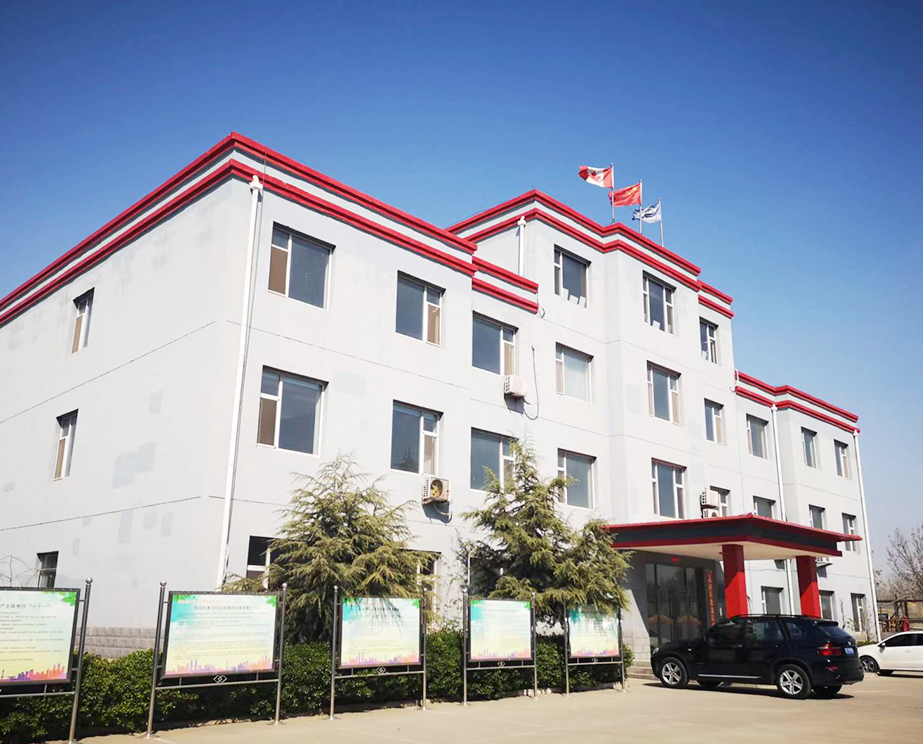- Afrikaans
- Albanian
- Amharic
- Arabic
- Armenian
- Azerbaijani
- Basque
- Belarusian
- Bengali
- Bosnian
- Bulgarian
- Catalan
- Cebuano
- Corsican
- Croatian
- Czech
- Danish
- Dutch
- English
- Esperanto
- Estonian
- Finnish
- French
- Frisian
- Galician
- Georgian
- German
- Greek
- Gujarati
- Haitian Creole
- hausa
- hawaiian
- Hebrew
- Hindi
- Miao
- Hungarian
- Icelandic
- igbo
- Indonesian
- irish
- Italian
- Japanese
- Javanese
- Kannada
- kazakh
- Khmer
- Rwandese
- Korean
- Kurdish
- Kyrgyz
- Lao
- Latin
- Latvian
- Lithuanian
- Luxembourgish
- Macedonian
- Malgashi
- Malay
- Malayalam
- Maltese
- Maori
- Marathi
- Mongolian
- Myanmar
- Nepali
- Norwegian
- Norwegian
- Occitan
- Pashto
- Persian
- Polish
- Portuguese
- Punjabi
- Romanian
- Russian
- Samoan
- Scottish Gaelic
- Serbian
- Sesotho
- Shona
- Sindhi
- Sinhala
- Slovak
- Slovenian
- Somali
- Spanish
- Sundanese
- Swahili
- Swedish
- Tagalog
- Tajik
- Tamil
- Tatar
- Telugu
- Thai
- Turkish
- Turkmen
- Ukrainian
- Urdu
- Uighur
- Uzbek
- Vietnamese
- Welsh
- Bantu
- Yiddish
- Yoruba
- Zulu
API 5CT Tubing Coupling Specifications and Applications in Oil and Gas Industry
Understanding API 5CT Tubing Coupling A Comprehensive Overview
API 5CT is a crucial standard established by the American Petroleum Institute (API) that outlines the specifications for casing and tubing used in the oil and gas industry. This standard ensures that the materials used can withstand the harsh conditions encountered during drilling and production. One of the integral components covered under this specification is the tubing coupling, which plays a vital role in the integrity and efficiency of oil and gas extraction operations.
What is a Tubing Coupling?
A tubing coupling is a type of pipe coupling specifically designed to connect two lengths of tubing together. In the context of oil and gas operations, these couplings serve to join segments of metallic pipes that transport natural resources from the subsurface to the surface facilities. They are critical components in maintaining the structural integrity of the piping system and ensuring safe and efficient production processes.
Key Functions of API 5CT Tubing Couplings
The primary functions of a tubing coupling include
1. Connection The main purpose of a coupling is to join sections of tubing, allowing for a continuous flow path. This is essential for transporting oil or gas from the wellbore to the surface.
2. Support Couplings provide mechanical support to the tubing system, preventing bending or buckling under pressure and weight.
3. Pressure Containment Given the high-pressure environments in which they operate, couplings must effectively seal to prevent leaks and maintain pressure, ensuring safety and operational efficiency.
4. Facilitating Expansion and Contraction Temperature changes during drilling and production can cause the tubing to expand or contract. Couplings are designed to accommodate these changes without compromising the integrity of the piping system.
Material Considerations
api 5ct tubing coupling

API 5CT tubing couplings are typically made from high-strength steel, designed to withstand extreme conditions. The steel used is often subjected to various treatments and coatings to enhance its corrosion resistance and durability. Common materials include
- N80 A high-strength steel grade providing good strength and resistance to sulfide stress cracking. - L80 Known for its enhanced resistance to corrosion, making it suitable for aggressive environments. - P110 Offers superior strength and is often used in high-pressure applications.
The choice of material is often dictated by the specific environmental and operational challenges the coupling will face, including exposure to corrosive chemicals, temperature variations, and mechanical stresses.
Types of Tubing Couplings
There are various designs of tubing couplings, each suited for different application needs. Some common types include
- Eastern Style Couplings Known for being long and offering a strong grip on the tubing. - Western Style Couplings These are shorter and provide a different mechanical advantage suited for various contexts.
The choice between these types often depends on the specific requirements of the drilling operation, including the type of well, depth, and conditions encountered.
Industry Standards and Compliance
Compliance with API 5CT standards ensures that the tubing couplings are built to recognize specifications. This compliance signals not only that the couplings can handle the necessary loads and pressures but also that they're manufactured to a quality assurance system that minimizes defects.
Conclusion
API 5CT tubing couplings are essential components in the oil and gas industry, facilitating the safe and effective transport of resources. Understanding the significance of these couplings, their material properties, types, and compliance with industry standards is crucial for professionals within the sector. As the industry evolves, advancements in materials and designs continue to improve the performance and reliability of tubing couplings, reinforcing their pivotal role in oil and gas extraction and production. Whether planning a new drilling operation or maintaining existing infrastructure, the choice of tubing coupling can significantly influence overall performance and safety, underscoring the importance of selection based on rigorous industry standards and operational requirements.
-
Tubing Pup Joints: Essential Components for Oil and Gas OperationsNewsJul.10,2025
-
Pup Joints: Essential Components for Reliable Drilling OperationsNewsJul.10,2025
-
Pipe Couplings: Connecting Your World EfficientlyNewsJul.10,2025
-
Mastering Oilfield Operations with Quality Tubing and CasingNewsJul.10,2025
-
High-Quality Casing Couplings for Every NeedNewsJul.10,2025
-
Boost Your Drilling Efficiency with Premium Crossover Tools & Seating NipplesNewsJul.10,2025







